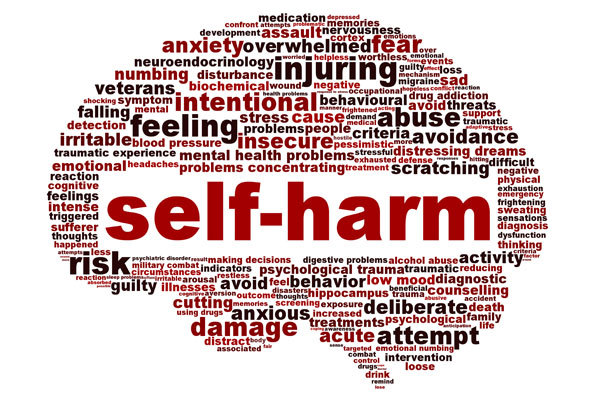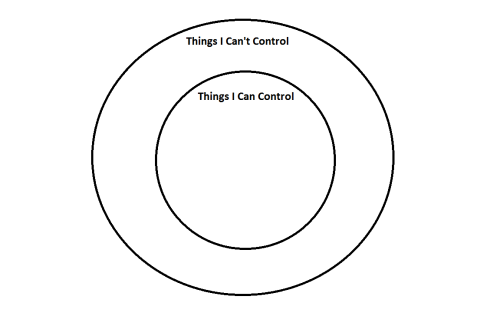Stressful events, such as experiencing a trauma or losing a loved one can take up a lot of space in our minds. Inspired from Gretchen Miller’s “Trauma Thoughts” activity, here is an art activity to help clients show how the stressful event(s) affects their mind. In relation to my work, I will be focusing on “Grief Thoughts”. This activity would be great for groups or individual counseling.
Give clients a blank outline of a brain like the one pictured here, or have them draw their own head/brain. Have the clients draw, write, or collage the different ways that grief is taking space in their mind. It can be memories, emotions, physical symptoms, etc. Try using this time as a way to discuss how it can feel like their lives are being taken over, and how people experience similarities, as well as differences in the way they react. You can also brainstorm healthy coping strategies. To go a step further, maybe use the space around the brain to collage, draw, or write healthy coping strategies, positive thoughts, things they would like to take up space in their mind, etc.








